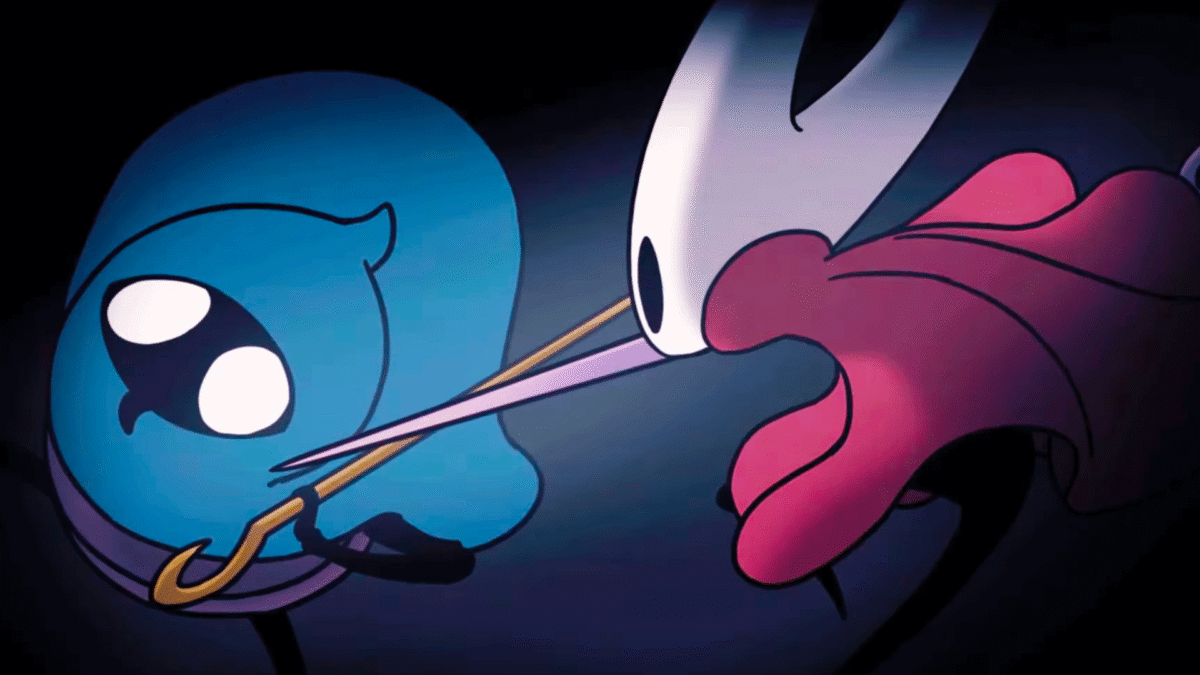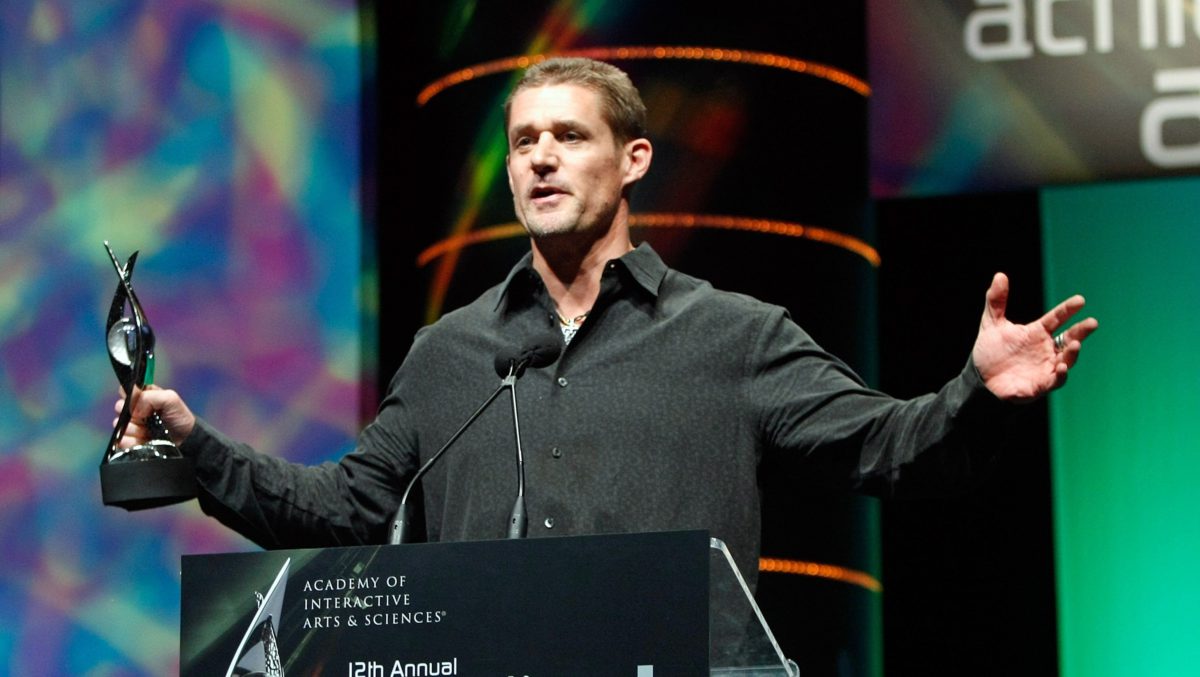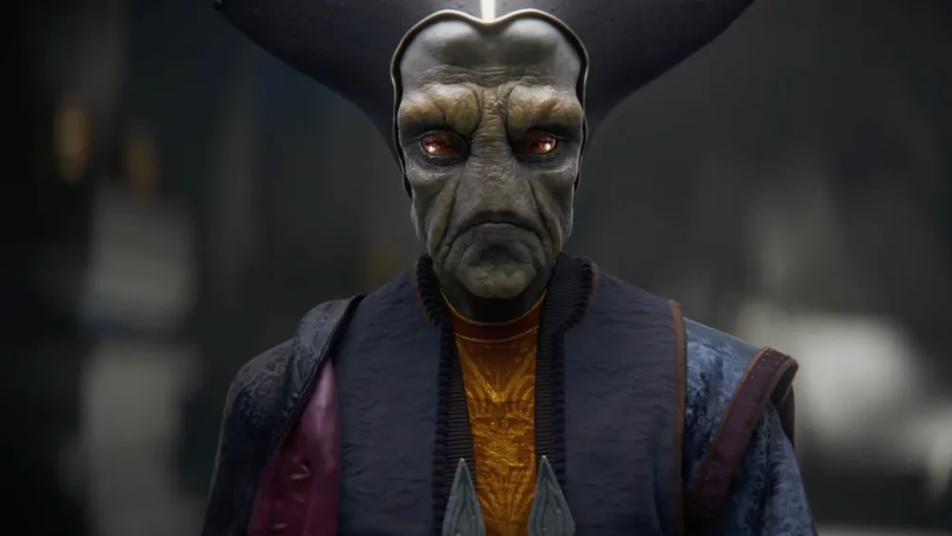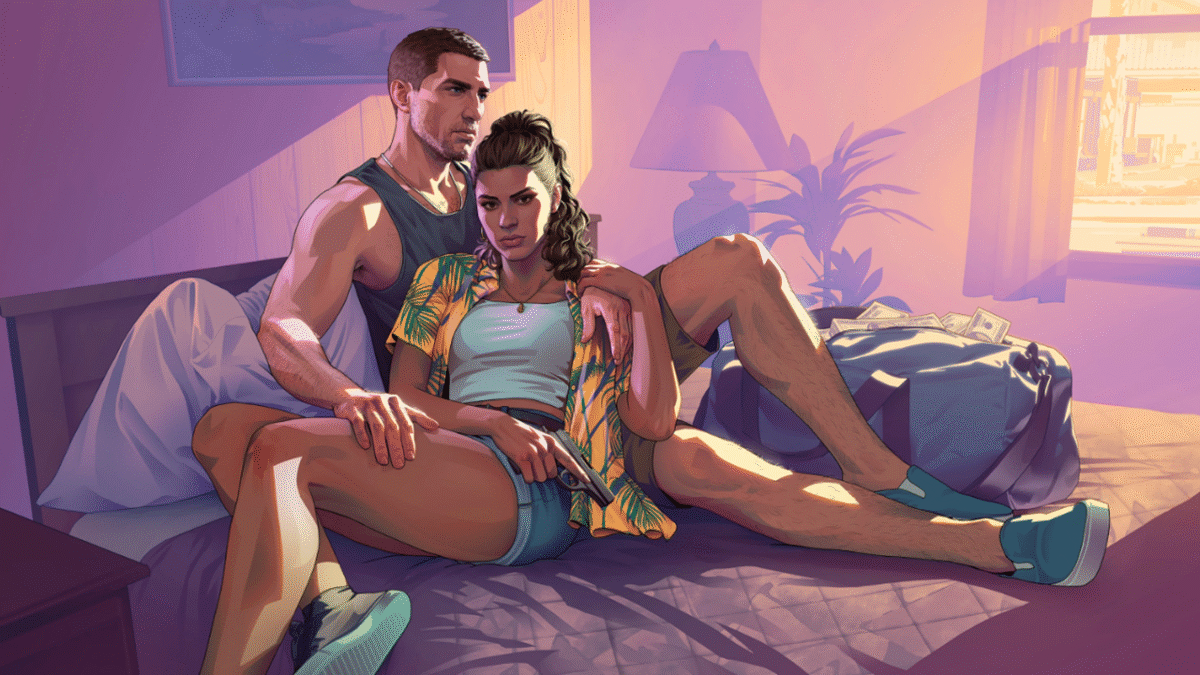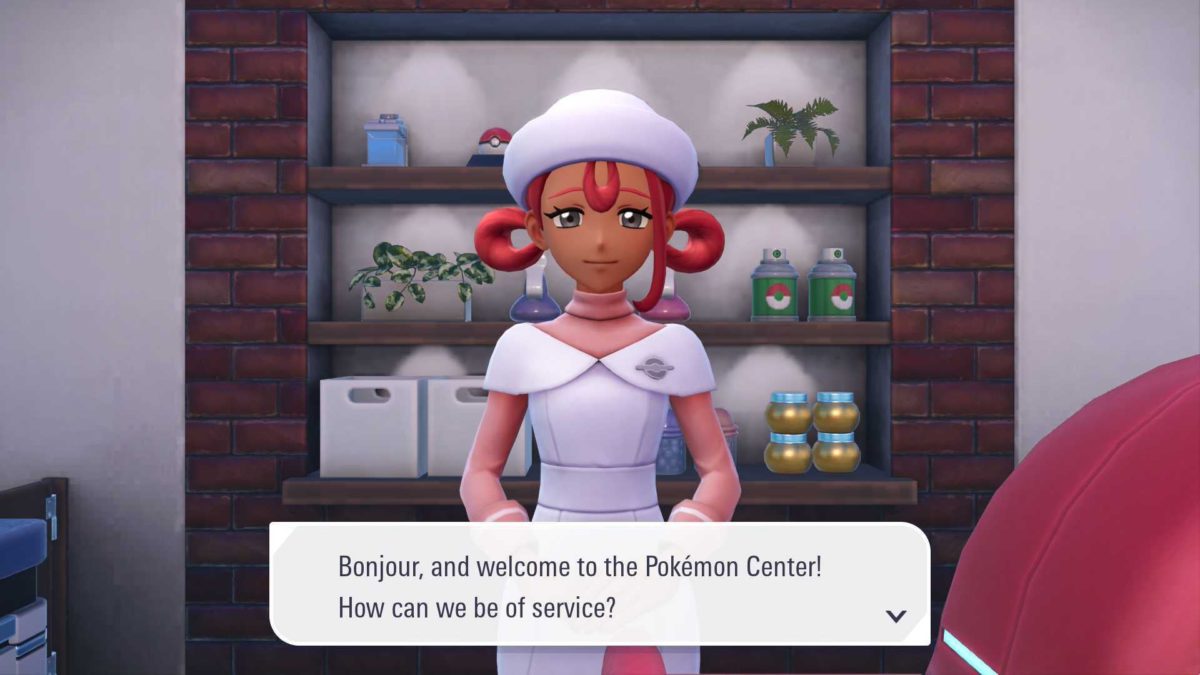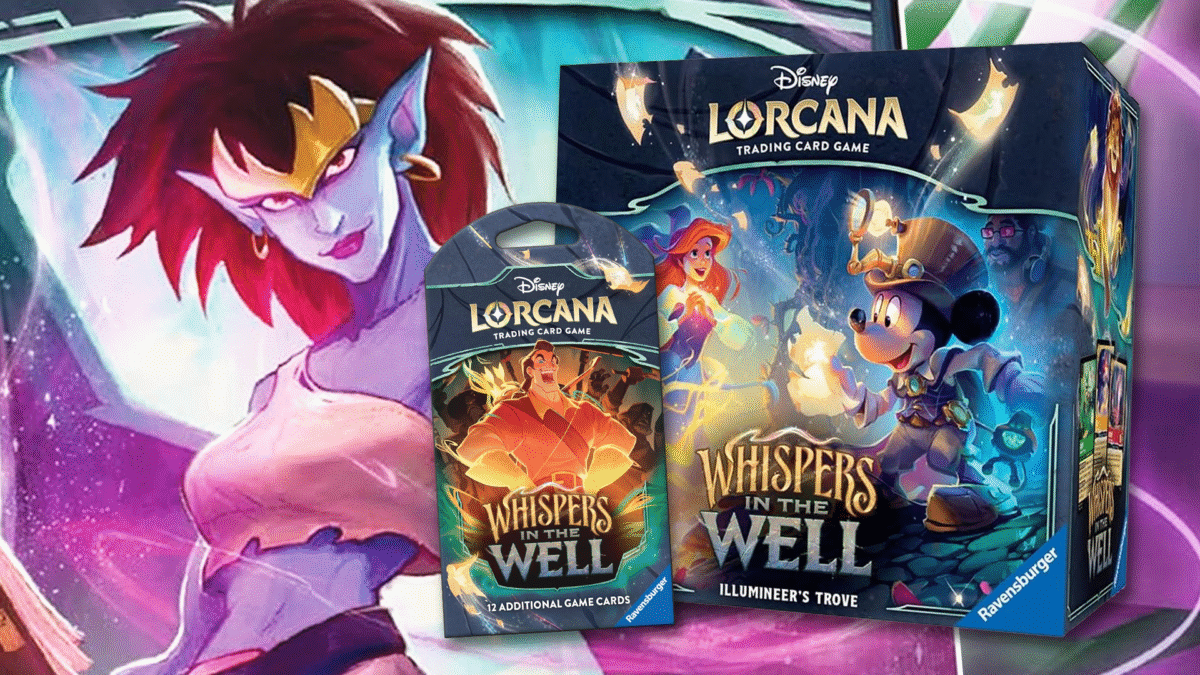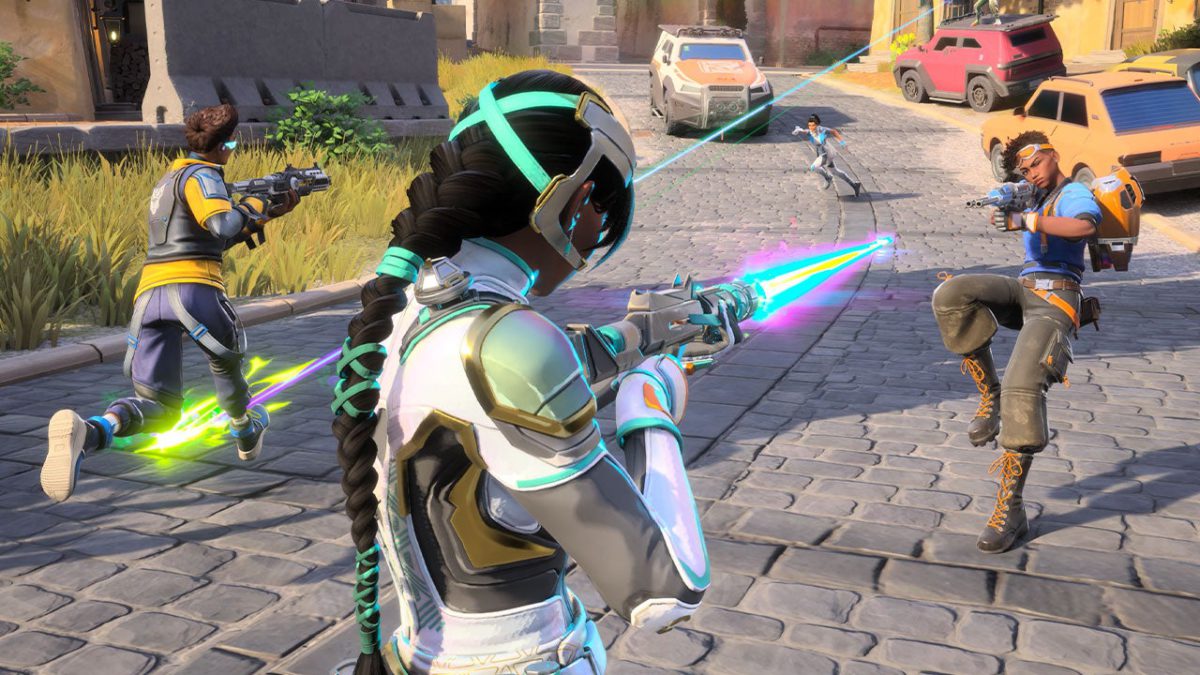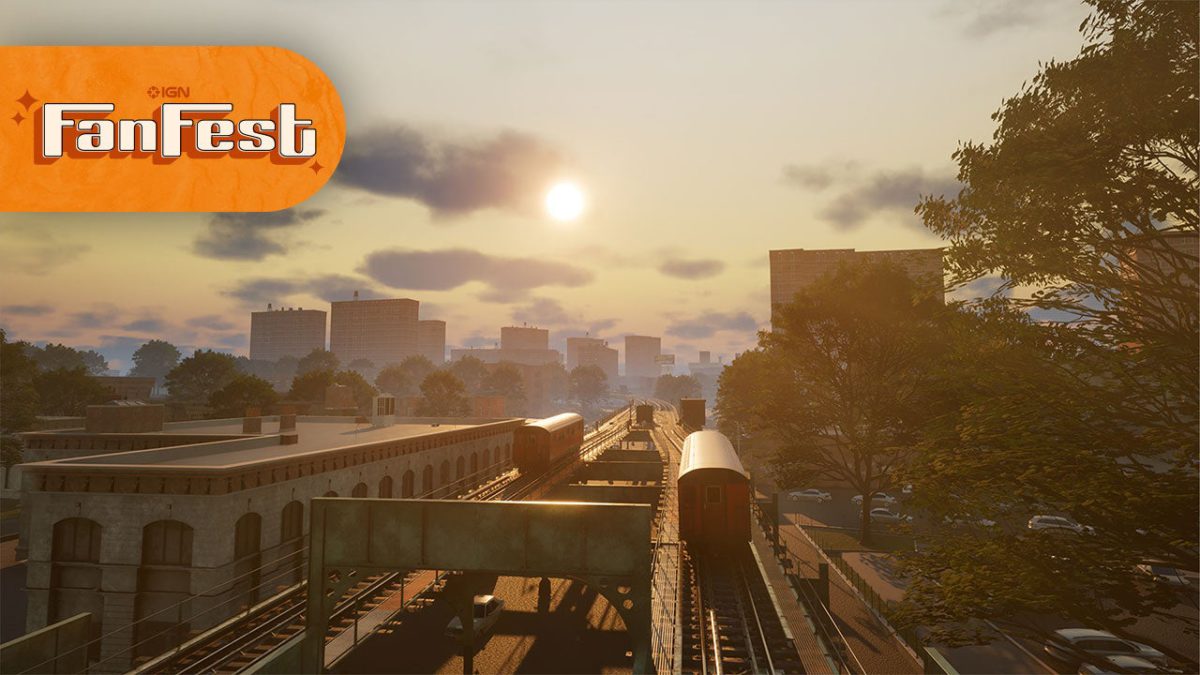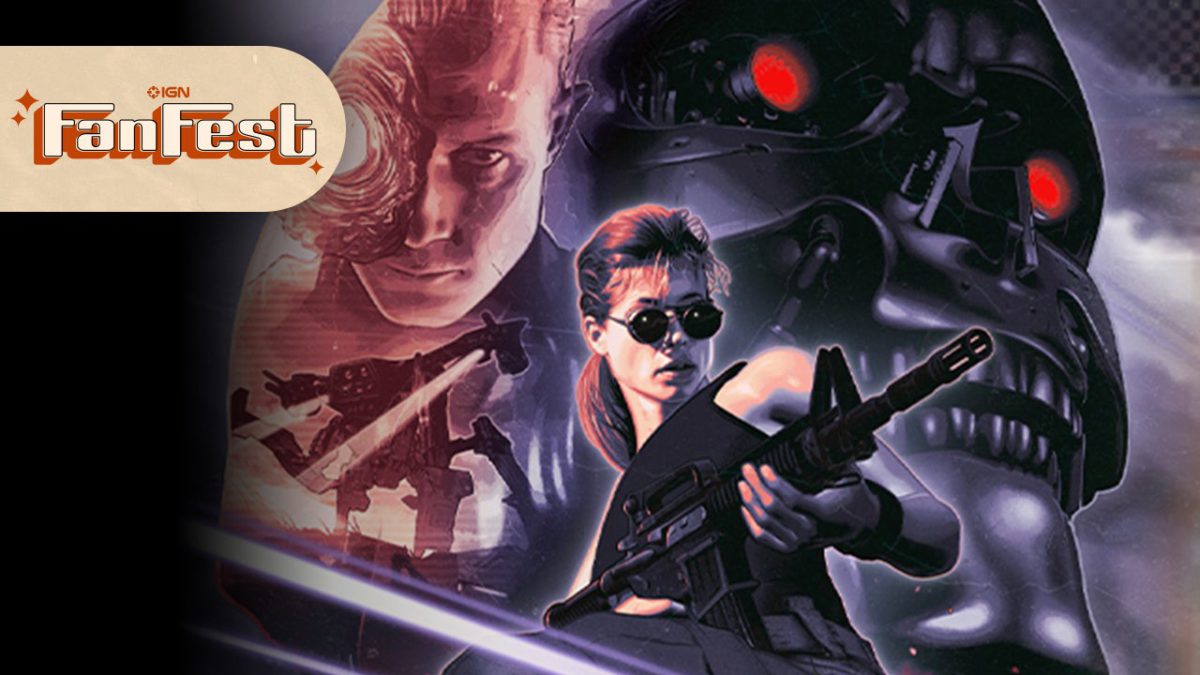
Hollow Knight: Silksong post-launch support continues again today with patch version 1.0.28954, now available via the game’s Steam public beta branch.
This update’s key feature is a “basic implementation” of a new Simplified Chinese translation, following an earlier backlash to the game’s initial Chinese language support included at launch that led to a spate of negative Steam reviews, and a subsequent pledge by Silksong developer Team Cherry to improve the feature.
After that blowback, it feels like Silksong developer Team Cherry is taking a cautious approach to the rollout of this fresh translation, with the studio now inviting further feedback from players using the Simplified Chinese translation to provide feedback on its clarity, style and spellings.
Otherwise, Silksong v1.0.28954 includes another list of game fixes — though Team Cherry has said that this list is still a work-in-progress, with more bugs likely set to be squashed before the patch rolls out more widely.
For now, the update is set to improve controller support on Steam, correct instances where Hornet’s plasmified state was being erroneously cleared, and ensure that Styx always hands over rosaries when given the Queen’s Egg.
Silksong remains one of the most-played games on Steam following its huge September 4 release. Here are some essential guides for your journey upwards: the Silksong Interactive Map, how to grind for Rosary Beads, our ever-expanding Walkthrough with boss videos and guides, how to get your first life bar upgrade (first four mask shards), and a great guide to the Simple Keys and the doors they open.
The full patch notes lie below.
Hollow Knight: Silksong update 1.0.28954 patch notes:
- Updated Simplified Chinese translation with a new script for public testing. This is a basic implementation only, to be refined and updated based on player feedback.
- Various localisation fixes implemented across all languages
- Switched to Unity’s Input System to improve overall controller support. This includes rumble features now working for various controllers, and additional controllers being recognised. Some issues may remain. For a full list of supported controllers and features, please visit: https://docs.unity3d.com/Packages/com.unity.inputsystem@1.14/manual/SupportedDevices.html
- Fixed Styx not giving rosaries when delivering the Queen’s Egg
- Fixed Druid’s Eyes sometimes not equipping correctly when first acquired
- Fixed some down attack colliders getting stuck on in rare instances
- Fixed several instances of Hornet’s plasmified state clearing when not intended (eg Bellway travel)
- Fixed issues entering the plasmified state when killing a Winged Lifeseed, rather than using the Plasmium Phial
- Reduced unintentionally long bind time when using Multibinder with the Shaman crest
- Updated Multibinder’s initial bind to clear maggots, per community comments
- Various smaller tweaks and fixes
Tom Phillips is IGN’s News Editor. You can reach Tom at tom_phillips@ign.com or find him on Bluesky @tomphillipseg.bsky.social

